What Is Microneedling? Its Benefits, Side Effects, And More
Revamp your appearance with this popular minimally invasive solution for achieving a radiant complexion.
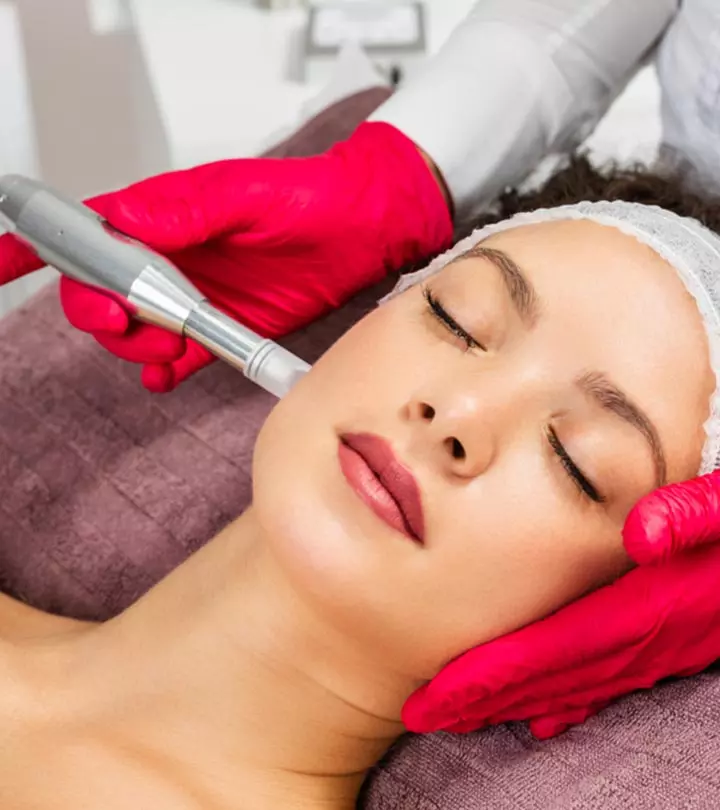
Image: Shutterstock
Microneedling is a procedure that helps your skin repair, restore and rejuvenate itself. It is a safe and non-invasive technique that improves skin texture and appearance and reduces undesirable skin issues. So, what happens in this treatment? During microneedling, the skin care expert creates micro-wounds in your skin using a device with fine, sterile needles. This helps stimulate collagen production, resulting in skin repair and new tissue generation. It is an effective treatment and may require several sessions to achieve the desired results. In this article, you will get to know more about microneedling. Keep reading!
In This Article
What Is Microneedling?
Microneedling is a specialized beauty procedure designed to rejuvenate the skin by boosting collagen production. A pen-shaped or roller device that is armed with tiny needles is used to create minuscule punctures in the facial skin. The punctures are spaced out evenly on the skin (1). A bunch of tiny needles puncture the top layer of the skin to trigger this process.
Collagen is a protein that determines the appearance of your skin by maintaining the skin structure and enabling numerous functions to take place. It helps your skin retain water and makes it look smooth, firm, and strong (2). This also helps to reduce the occurrence of wrinkles and fine lines.
 Trivia
TriviaSo, let’s check out how this procedure is performed.
How Is Microneedling Performed?
Microneedling is performed using a medical device equipped with tiny microneedles. These needles are designed to create tiny channels in the top layer of your skin. The microneedles create minuscule wounds that help in the regeneration of damaged cells. They enhance collagen and elastin production, which stimulates the skin to repair itself (1).
The depth of the needle penetration often depends on the condition of the skin and what outcomes you are looking for. The entire procedure takes about 40 minutes if performed only on the face and around 60 minutes if it includes the neck and décolletage.
Many microneedling practitioners offer a topical anesthetic before starting the treatment so that the recipient does not experience any discomfort or pain. After the procedure, therapeutic substances, such as hyaluronic acid or ascorbic acid, are applied so that they penetrate deep into the skin.
Now, let’s talk about the benefits of microneedling.
Benefits Of Microneedling
Microneedling has been touted for a broad range of applications, including skin rejuvenation, reducing acne scars, fine lines, surgical scars, hyperpigmentation, hypopigmentation, melasma, and enlarged pores, and for transdermal drug delivery(3).
A meta-analysis of 12 studies comprising 459 patients from seven countries explored topical therapies for melasma. Treatments included tranexamic acid, platelet-rich plasma, vitamin C, hydroquinone-based agents, and non-hydroquinone-based depigmentation serums. Microneedling, when combined with topical therapy, demonstrated substantial improvement in melasma severity, particularly beyond 8 weeks.
The procedure triggers several actions that benefit the body’s natural repair functions and addresses common skin issues. Here’s a snapshot of microneedling’s purported benefits:
- It makes the skin firm
- It helps to improve the elasticity of the skin.
- It softens the wrinkle and fine lines.
- It leads to the repair of acne scars.
- It reduces excess pigmentation.
Another benefit of microneedling is its cost. The cost of microneedling is typically four times less than laser therapy, which drives similar outcomes.
Read the next section to find out how to prepare your skin for microneedling.
How To Prepare For Microneedling
Preparing your skin for microneedling is an important aspect of the procedure for the best results. Follow these steps:
- Stop using any harsh chemical treatments a few days before the procedure so that there is no reaction during and after microneedling.
- It is recommended that treatment be delayed if you have had recent sun exposure and are visibly tanned until all traces of the suntan have faded. This is to avoid dyspigmentation (3).
- Avoid direct sun exposure for about three days prior to the treatment.
- Your skin must be clean and dry before the appointment. Use a gentle skin cleanser to remove makeup and debris from the skin’s surface (3).
The practitioner will slather a numbing cream or gel on the area to be treated.
The practitioner uses a handheld microneedling device powered by a battery pack or an alternating current power cord. The adjustable depth settings range from 0 to 3.0 mm (3).
The microneedles puncture the specific area several times over a period of 40 to 60 minutes.
Keep reading to learn about what kind of results you can expect from microneedling.
What To Expect From Microneedling – Healing And Risks
For the first four hours after the procedure, the patient is instructed to apply the provided hyaluronic acid gel to the skin. After four hours, a 1% hydrocortisone cream or a non-allergenic moisturizing cream is applied to soothe the treated area. This must be done two or three times a day for at least two to three days (3).
While microneedling is a non-invasive procedure, there are specific short-term side effects. These include:
- Mild erythema (redness of the skin), localized edema (swelling due to inflammation), and skin flaking. These issues typically resolve within 48 to 72 hours.
- There is some pinpoint bleeding, but it resolves within a few minutes after the procedure when an ice water-soaked gauze is applied to the area.
- Dyspigmentation used to be a side effect that was feared, especially for people with darker skin. However, an analysis of skin melanocytes (melanin-producing cells) 24 hours after microneedling demonstrated that there was no change in the melanocyte number nor any disruption in the outer layer of the skin (3). Melanin is the skin pigment responsible for the color of the skin (4). Thus, microneedling is recommended for all skin colors.
- Sometimes, the skin serum used after the treatment can cause granuloma or inflammation.
Since microneedling creates micro wounds in the skin, any topical medications or substance with toxic or harsh chemicals that you use are able to penetrate the outer layer of the skin and cause adverse effects. Therefore, it is important that you only use only prescribed creams, moisturizers, and medications to avoid hypersensitivity, swelling, inflammation, and allergic reactions.
 Did You Know?
Did You Know?Now, let’s check out the safety and cost of this procedure.
Microneedling – Safety And Costs
Microneedling is a non-invasive and safe procedure. However, it is extremely important to get it done only by a credible practitioner.
The recommended safety protocols must be followed. For example, the practitioner must make sure all equipment is sanitized prior to the session. On completion of the procedure, the practitioner must apply a serum and sunscreen to the areas that have been treated.
The practitioner must also offer the necessary counseling to the client so that they follow all pre- and post-procedure instructions. For example, for a few days before and after the procedure, you must stay away from places such as swimming pools, lakes, and public spaces that are filled with germs.
The cost of microneedling varies based on the number of sittings as well as the reputation of the practitioner and the products, devices, and facilities used. However, the microneedling cost is much lower than that for laser treatment.
Aftercare
- Since your skin is prone to some degree of swelling and redness, it’s a good idea to go makeup-free for a few days after the procedure.
- Avoid using any kind of toxic, harsh chemicals on the skin and also any substance that can cause an allergic reaction.
Protect your skin from extreme heat and sun exposure as it is extremely sensitive right after the treatment. Do not step out in the sun for a couple of days after the treatment.
- Avoid using any acidic or alcohol-based products such AHAs (glycolic acid), retinol, vitamin C, and alcohol-based toners for two or three days after the procedure.
The detailed tips on microneedling aftercare given above can ensure you have a smooth recovery. Just follow them diligently and remember to be gentle with the treated area. Now, let us compare microneedling with another popular skincare procedure, microdermabrasion, to help you make an informed decision about the best option for you.
Microneedling Vs. Microdermabrasion: What’s The Difference?
Microdermabrasion and microneedling are both skincare procedures, but they differ in their techniques and intended effects. Microdermabrasion is great for surface-level improvements, while microneedling is more versatile, addressing both superficial and deeper skin concerns by stimulating collagen production.
| Aspect | Microdermabrasion | Microneedling |
|---|---|---|
| Mechanism | Exfoliation using crystals or a diamond-tipped wand | Fine needles that create microscopic punctures |
| Purpose | Surface-level issues like dull skin, fine lines, and light scarring | Deeper concerns such as wrinkles, scars, and enlarged pores |
| Invasiveness Of Procedure | Non-invasive, gently removes the outer skin layer | Minimally invasive, creates micro-punctures |
| Benefits | Improves skin texture, reduces hyperpigmentation | Increases skin firmness, reduces wrinkles, improves overall texture |
| Collagen Stimulation | Limited stimulation | Actively promotes collagen production |
While the table above offers a crisp explanation, if you want deeper insights into microneedling and microdermabrasion, read our detailed guide on it. Moving forward, wondering if it is safe for you to undergo microneedling? Keep reading to find out more.
Am I A Candidate For Medical Microneedling?
This procedure can be done on all skin types and skin colors as the risk of dyspigmentation or hyperpigmentation is minimal. It is recommended to consult a doctor or professional practitioner before going for it.
If you have sensitive skin, microneedling can be used to treat various skin conditions and heal the skin internally. Besides the face, one can use microneedling on the scalp, neck, eyes, and back of the hands.
There are certain conditions in which microneedling is not recommended:
- It is not recommended if your face and other to-be-treated areas have open wounds, abrasions, and cuts on the skin.
- It is not recommended for those who are taking the drug Accutane (isotretinoin) within six months of the procedure.
- It is not recommended for pregnant or breastfeeding women.
- It is not recommended for anyone with a history of slow wound healing.
Microneedling is a non-invasive cosmetic procedure where a pen with microneedles is used to make small puncture wounds on your skin. This triggers the healing process by boosting collagen production, a protein responsible for keeping your skin hydrated and firm. Going through four to six microneedling sessions reduces acne scars, improves the elasticity of the skin, and makes the skin firm and healthy. You may experience short-term side effects such as redness and bleeding. Microneedling will show a 45% to 55% improvement gradually from the first to the last sitting (1). Make sure you consult your doctor for further information.
Frequently Asked Questions
How long will my sessions last?
Each session lasts 40 minutes for the face and 60 minutes for the face, neck, and decolletage.
How often do I need to have microneedling done?
The practitioner will recommend two to six settings based on your skin’s needs and beauty goals.
What skin issues does microneedling improve?
It helps in the treatment of acne, dyspigmentation, scars, wrinkles, and fine lines.
Are microneedling treatments painful?
Microneedling causes some discomfort. However, the use of a topical anesthetic reduces some pain.
How long after a microneedling session do I see results?
It takes a few minutes to hours for the redness and swelling to subside, and after that, one can start seeing mild results. However, one can see a 45 to 55% improvement after all treatments, as collagen production takes time to be stimulated and for the effects to show.
Key Takeaways
- Microneedling involves creating micro-wounds in the skin using a device with fine, sterile needles.
- It is beneficial for skin rejuvenation, reducing acne scars, fine lines, and hyperpigmentation.
- It may cause temporary side effects such as mild redness, localized swelling, and skin flaking, which typically resolve within 48 to 72 hours.
This detailed video will address all the questions regarding the use of microneedling for skin. It explores the various varieties, types, and the transformative benefits provided by microneedling. Check it out now!
References
Articles on StyleCraze are backed by verified information from peer-reviewed and academic research papers, reputed organizations, research institutions, and medical associations to ensure accuracy and relevance. Read our editorial policy to learn more.
- Needling your way to healthier skin
https://www.health.harvard.edu/staying-healthy/needling-your-way-to-healthier-skin - A Collagen Supplement Improves Skin Hydration Elasticity Roughness and Density: Results of a Randomized Placebo-Controlled Blind Study
https://www.researchgate.net/publication/336624084_A_Collagen_Supplement_Improves_Skin_Hydration_Elasticity_Roughness_and_Density_Results_of_a_Randomized_Placebo-Controlled_Blind_Study - Microneedling: A Review and Practical Guide
https://www.researchgate.net/publication/318997589_Microneedling_A_Review_and_Practical_Guide - Melanin pigment
https://www.researchgate.net/publication/332490037_Melanin
Read full bio of Daniela Burchhardt
Read full bio of Arshiya Syeda
Read full bio of Ramona Sinha
Read full bio of Monomita Chakraborty







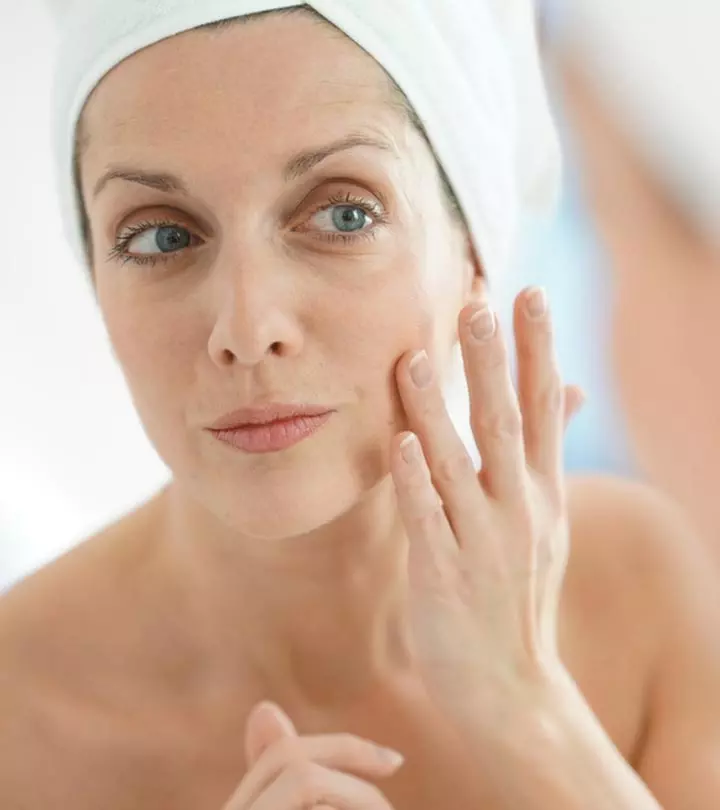
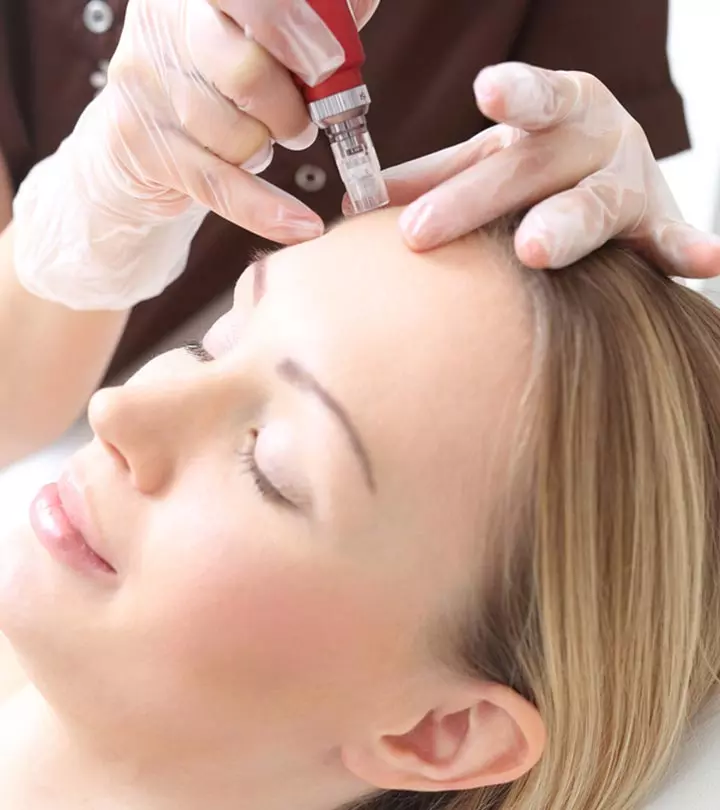
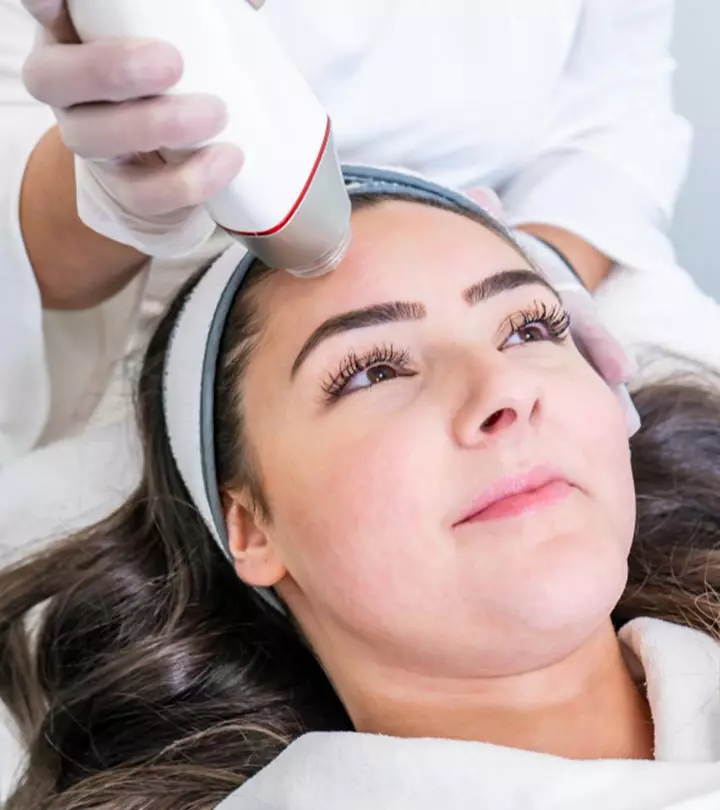
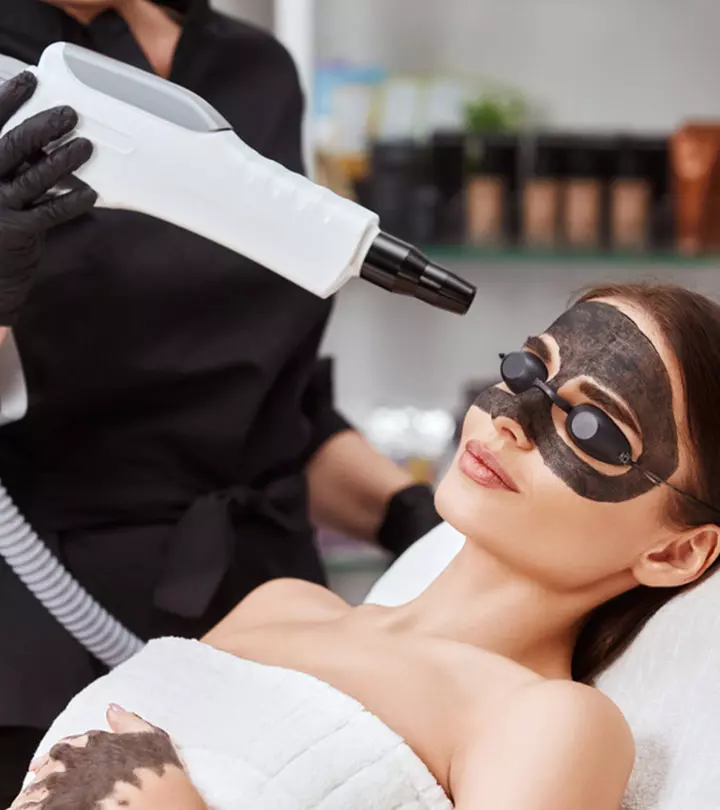
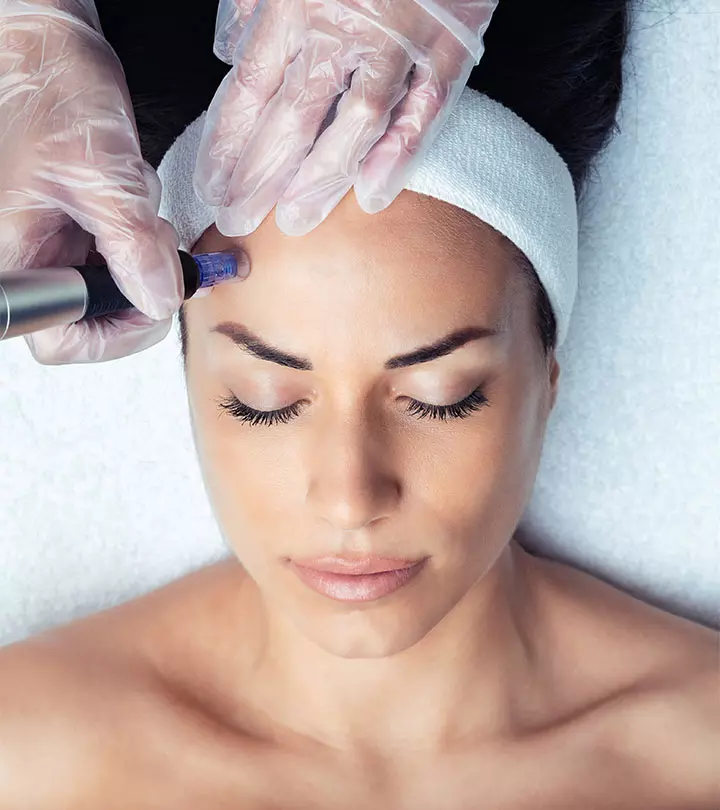
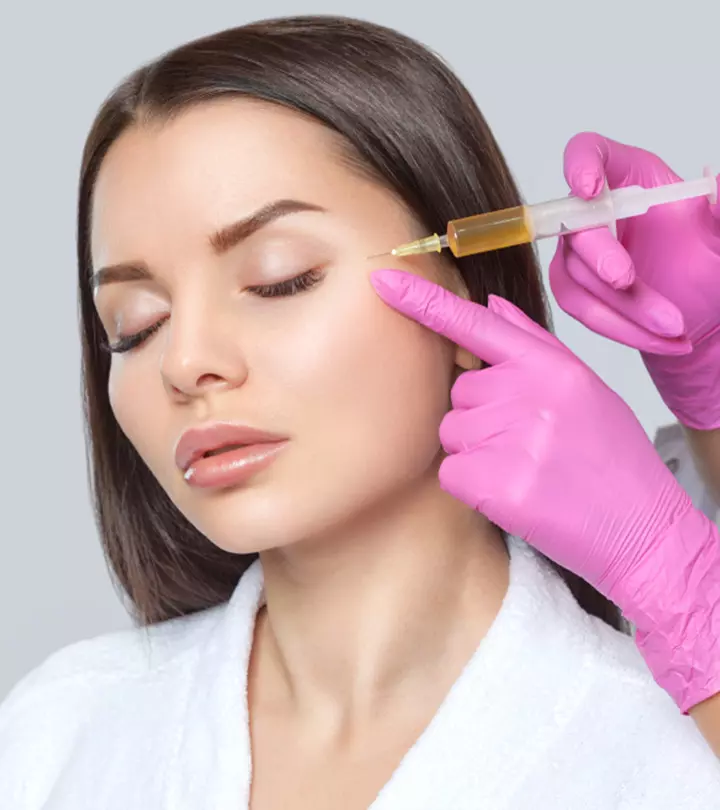
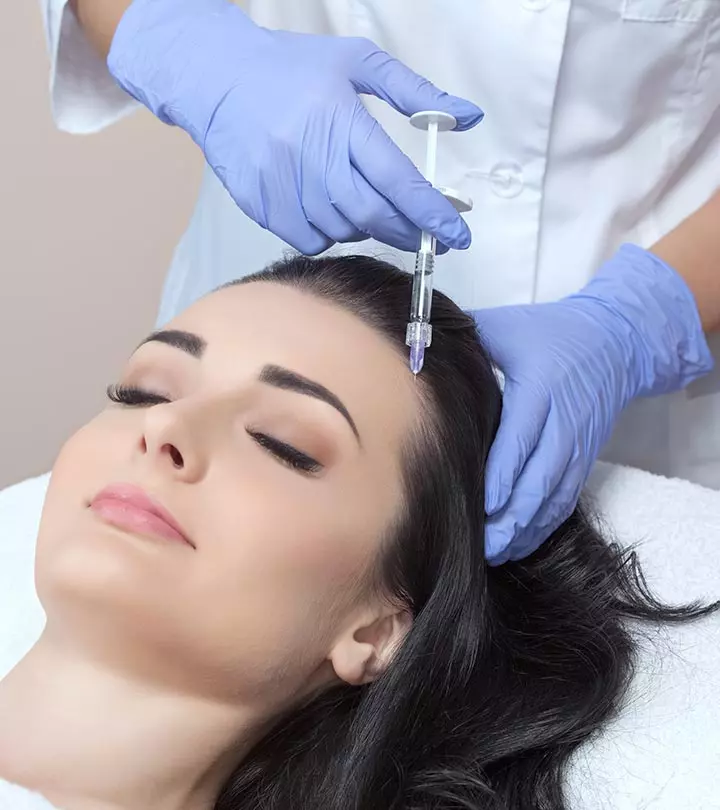
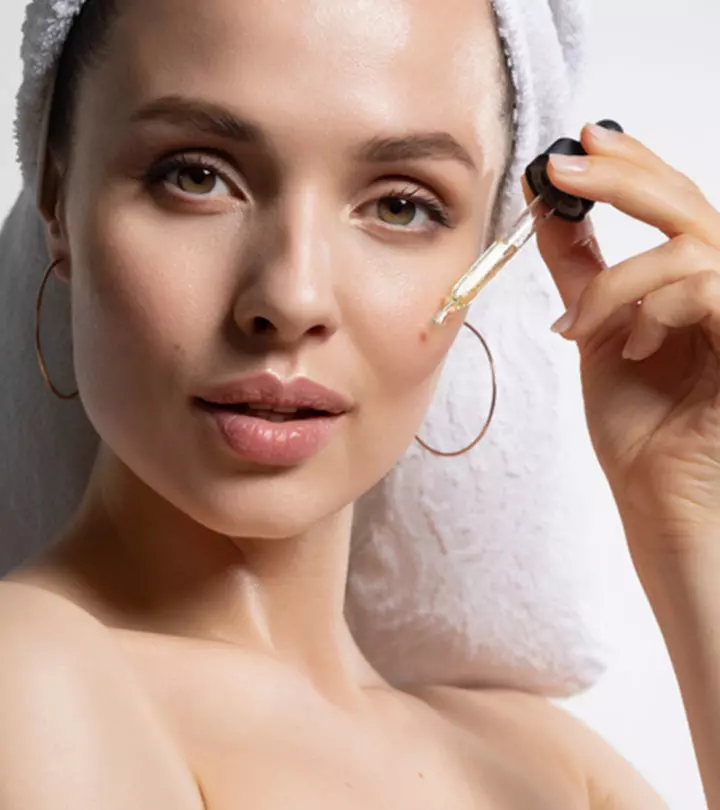
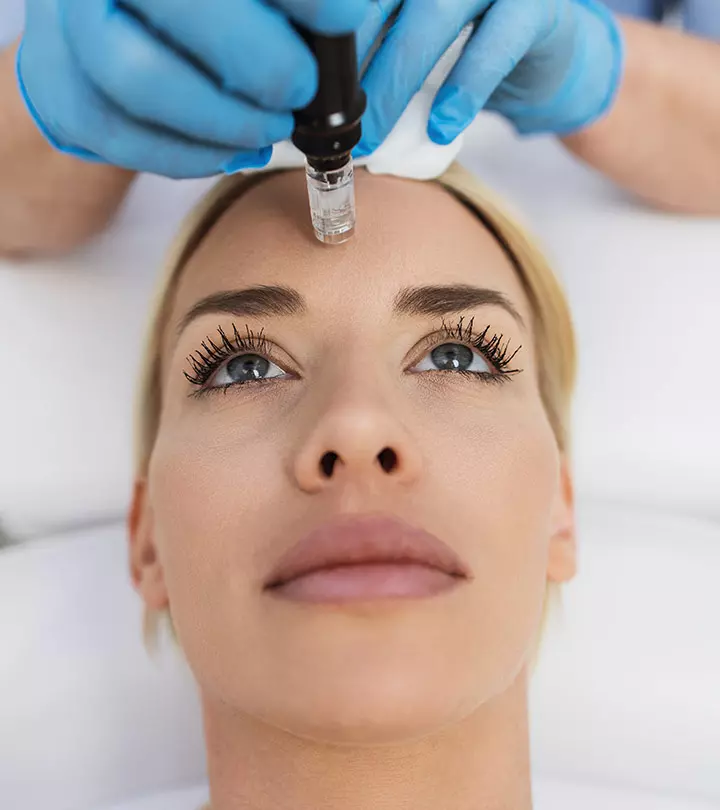



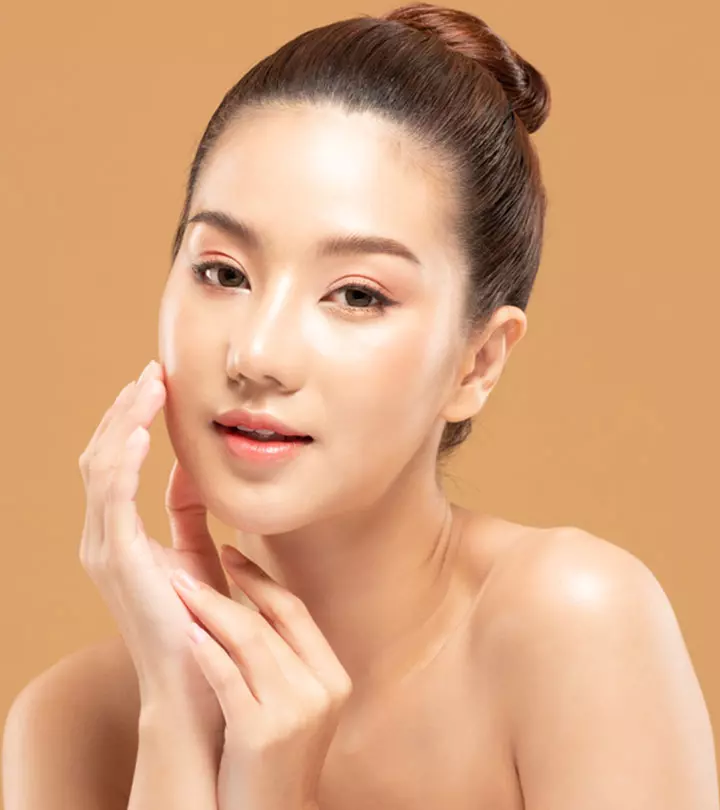

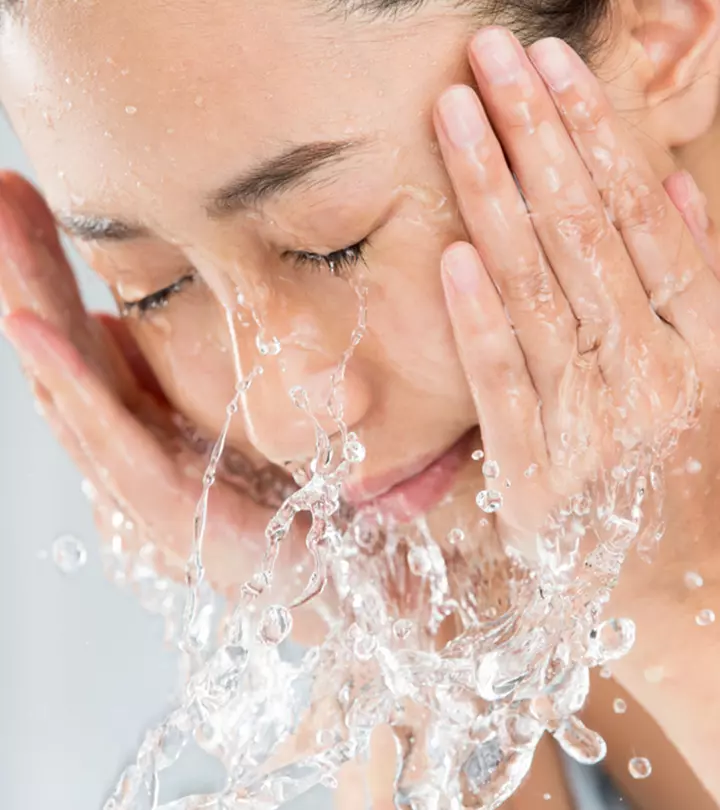
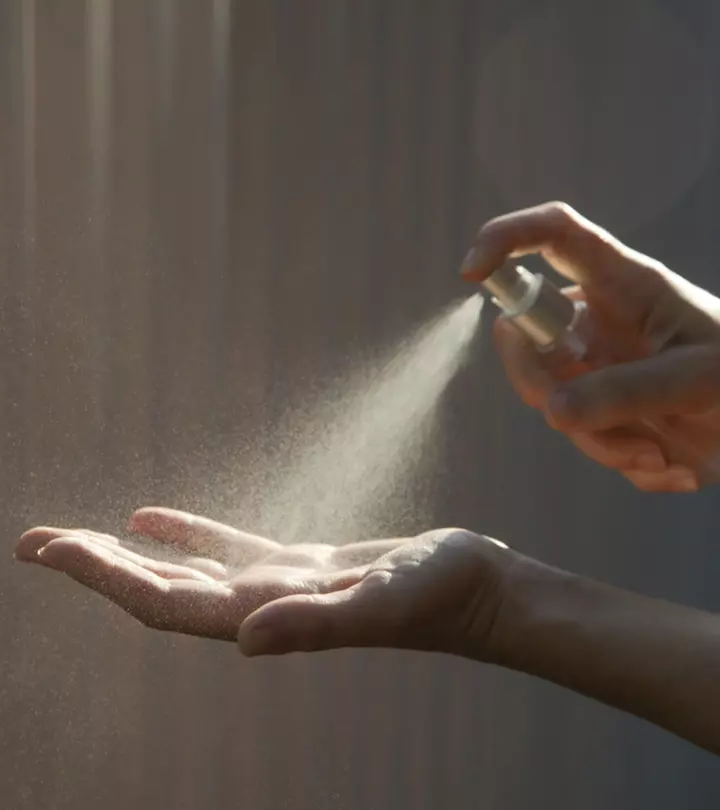
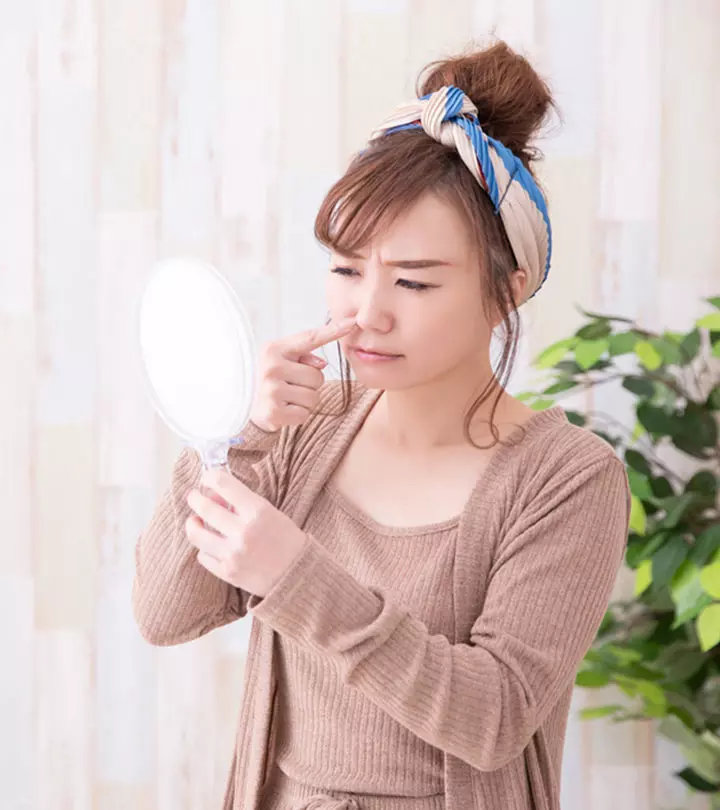
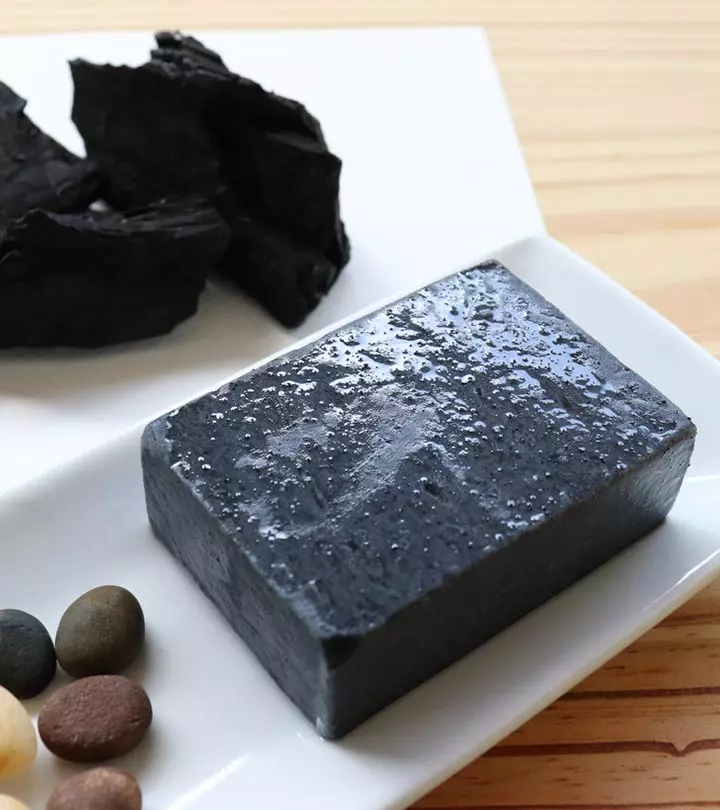

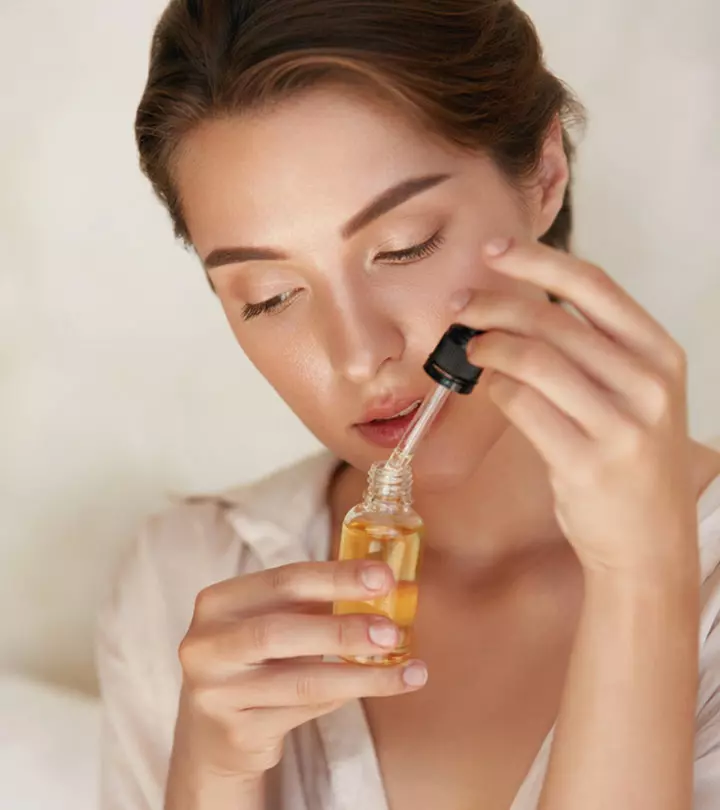
Community Experiences
Join the conversation and become a part of our empowering community! Share your stories, experiences, and insights to connect with other beauty, lifestyle, and health enthusiasts.